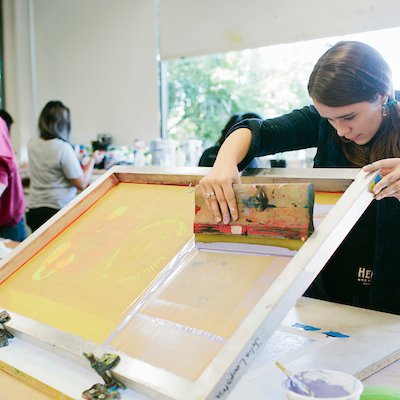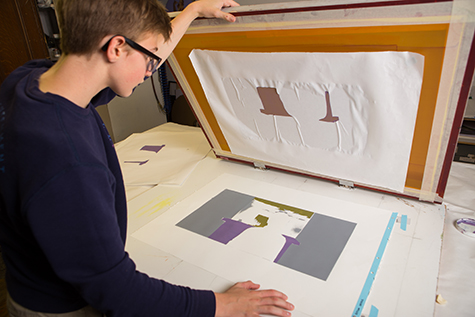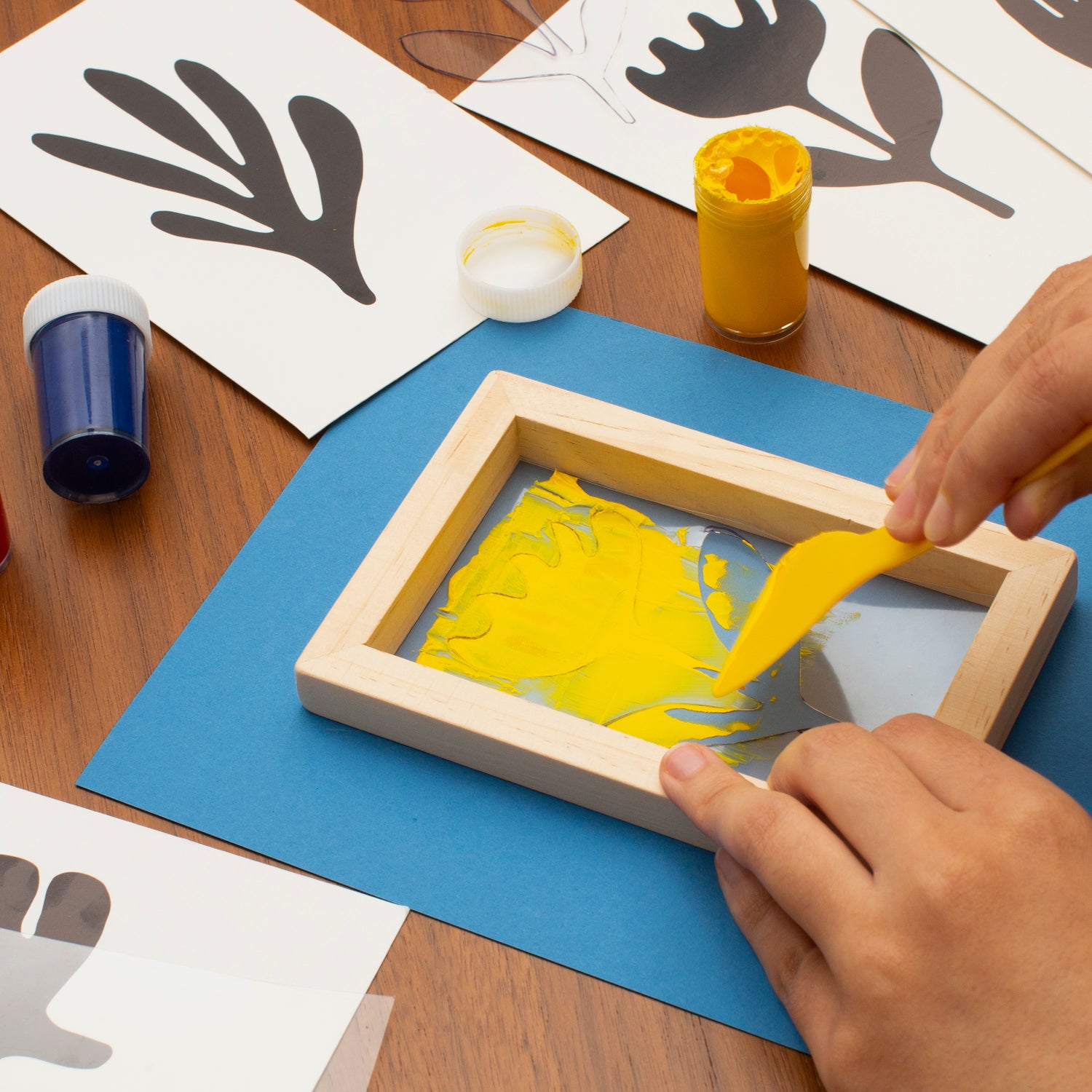ChatGPT said: How 10:9 Design Texas is leading the screen printing industry
Wiki Article
The Important Guide to Comprehending Screen Printing and Its Versatile Makes use of
Screen printing has an abundant background that goes back to ancient times, advancing into an innovative method made use of throughout different markets today. This guide explores the ins and outs of the screen printing procedure, detailing its applications in fashion, advertising and marketing, and home décor - 10:9 Design near me. Recognizing these basics can open innovative capacity for both business and artistic tasks. The following areas will disclose necessary tips and strategies to enhance one's screen printing endeavorsThe History of Screen Printing
Although screen printing has roots that map back centuries, its development mirrors the artistic and technical advancements of different societies. Coming from in old China, the method was at first made use of for decorating fabrics and later infect Japan, where it came to be indispensable to Ukiyo-e woodblock printing. The approach moved to Europe in the 18th century, where it obtained popularity amongst craftsmens and commercial printers. The innovation of image emulsion in the 20th century reinvented screen printing, permitting for even more intricate designs and higher effectiveness. Artists like Andy Warhol additionally thrust its popularity, making use of the medium to develop iconic jobs that mixed commercialism and fine art. By the late 20th century, screen printing had developed itself as a versatile method, employed in fashion, advertising and marketing, and art. Today, it remains to advance, incorporating digital technology and broadening its applications across different sectors.The Screen Printing Refine Explained
Screen printing changes creative visions right into substantial styles through a collection of accurate actions. An image is developed and then transferred onto a screen, normally made of fine mesh material stretched over a frame. A light-sensitive solution is related to the screen, which is exposed to light, hardening in areas not covered by the picture. After washing out the unhardened solution, a pattern is developed.Next off, the screen is positioned over the substrate, whether it be textile, paper, or one more product. Ink is after that pushed via the open areas of the pattern utilizing a squeegee, depositing the style onto the substrate below. This process can be duplicated for numerous shades, requiring separate screens for each color. The printed thing is healed using heat to assure the ink sticks effectively, resulting in a durable, vivid style ready for use.
Types of Screen Printing Techniques

In addition, specialty methods, such as discharge screen printing, get rid of dye from the fabric to produce softer prints, while foil screen printing uses metallic foil to achieve a glossy surface (10:9 Design Company). Each method offers distinct characteristics, accommodating various imaginative needs and manufacturing scales, eventually broadening the possibilities within the screen printing domain
Applications of Screen Printing in Different Industries

Additionally, the signs and advertising and marketing markets make use of screen printing for creating attractive screens and banners. This method enables strong shades and detailed layouts that record attention. In electronic devices, screen printing is used for applying conductive inks to motherboard, vital for part connections. The home décor sector welcomes screen printing to create distinct designs on fabrics and wall surface art. In general, screen printing works as a crucial device across varied areas, enhancing items with customized and visually appealing graphics.
Tips for Effective Screen Printing Projects
While undertaking a screen printing job, cautious interest to detail more info can significantly improve the final outcome. Selecting premium products is important; this consists of the screen, inks, and substratums. Utilizing ideal mesh matters can impact ink deposition and detail resolution. Prep work is similarly vital; extensive cleaning of screens and appropriate exposure times assure crisp prints.Next, accurate enrollment is critical for multi-color prints. Making use of positioning devices can help attain accurate layering. In addition, testing prints on scrap materials prior to production assists identify potential problems without throwing away sources.

Frequently Asked Questions
What Products Are Ideal for Screen Printing on Fabric?
Cotton and polyester blends are suitable for screen printing on textile due to their sturdiness and ink absorption. In addition, specialty fabrics like silk or canvas can generate special appearances and coatings, improving the overall style quality.How Do I Clean and Maintain Screen Printing Devices?
To clean up and maintain screen printing tools, one must on a regular basis wash screens with appropriate solvents, check squeegees for wear, oil moving parts, and shop all things in a dry, dust-free environment to prolong their life-span.What Are the Ecological Influences of Screen Printing?
Screen printing can have significant environmental influences, including chemical waste from inks and solvents, water usage during cleaning procedures, and power usage. Green materials and lasting techniques are necessary for reducing these adverse effects.Can Screen Printing Be Done in the house Properly?
Screen printing can be efficiently done at home with the appropriate products and techniques. Hobbyists can develop top quality prints, though success relies on their skill level, devices, and understanding of the procedure included.
What Are the Prices Connected With Starting a Display Printing Service?

Starting a screen printing organization entails costs for equipment, products, and office. Preliminary costs normally vary from a few hundred to several thousand bucks, depending on the range, high quality of machinery, and desired manufacturing capacity.
Screen printing has an abundant history that dates back to ancient times, evolving right into a sophisticated technique used across different markets today. Another technique, rotary screen printing, employs cylindrical displays, helping with constant printing on fabric rolls, thereby improving effectiveness for large productions. Additionally, specialty techniques, such as discharge screen printing, eliminate color from the material to develop softer prints, while foil screen printing uses metallic aluminum foil to attain a glossy finish. In the style field, screen printing is commonly made use of to produce vivid layouts on clothing, enabling brands to showcase their unique designs. Cotton and polyester blends are ideal for screen printing on material due to their durability and ink absorption.
Report this wiki page